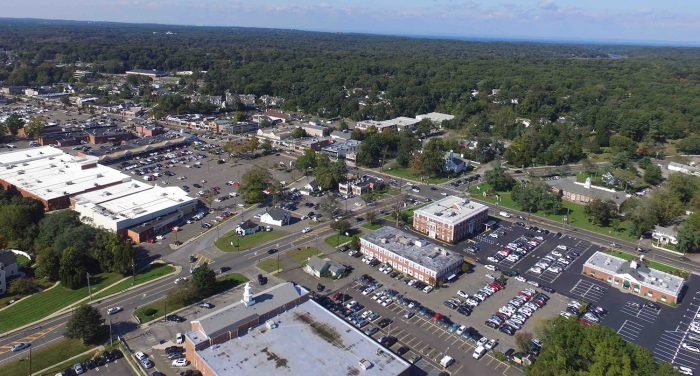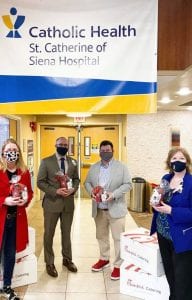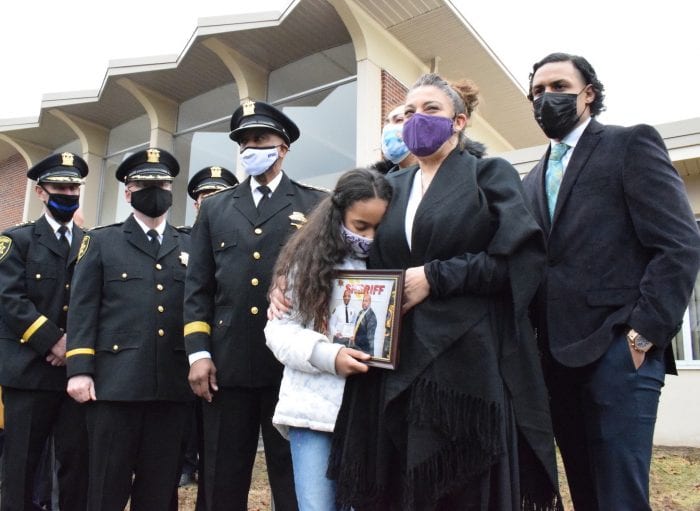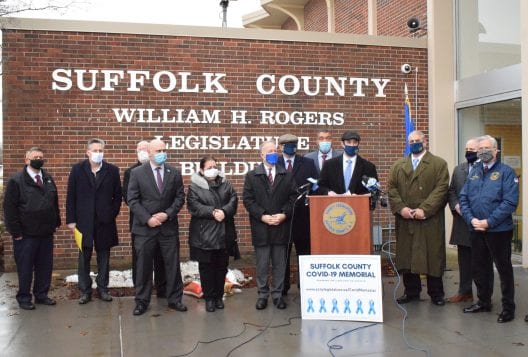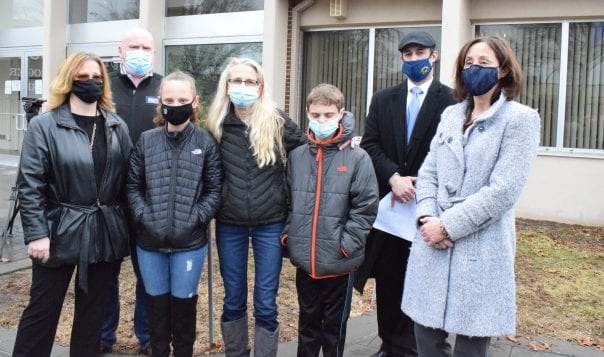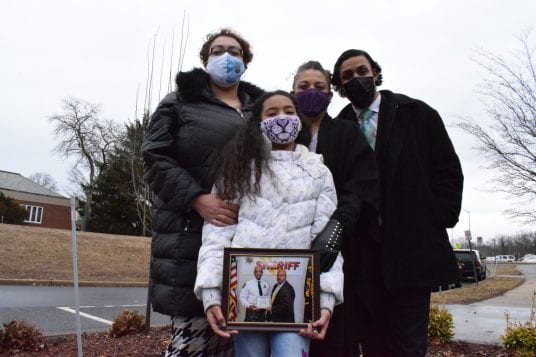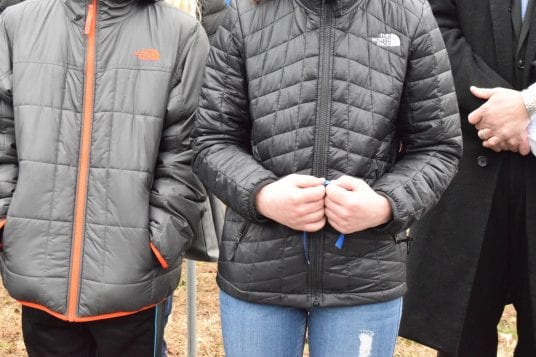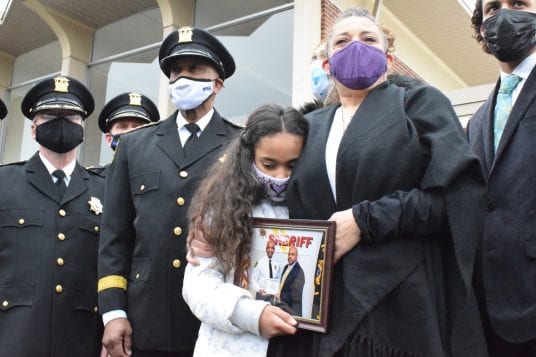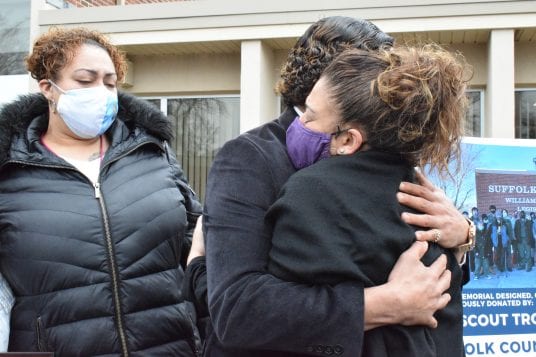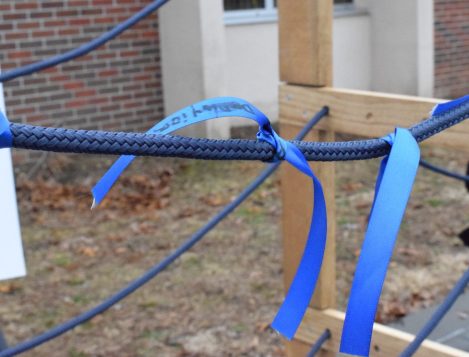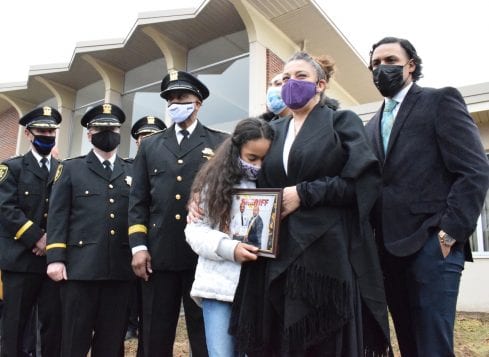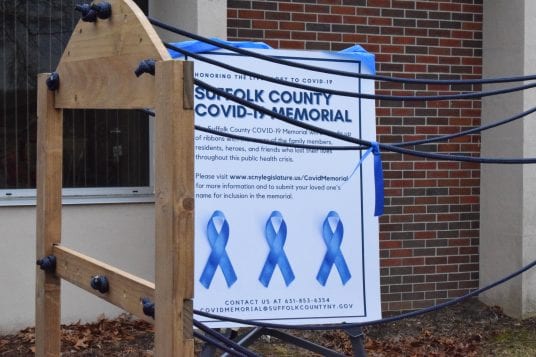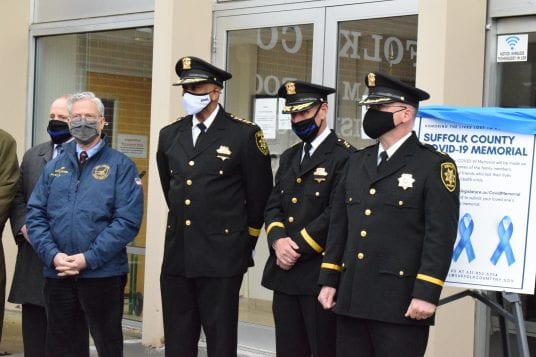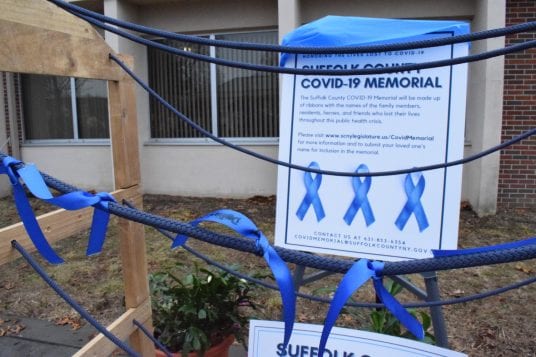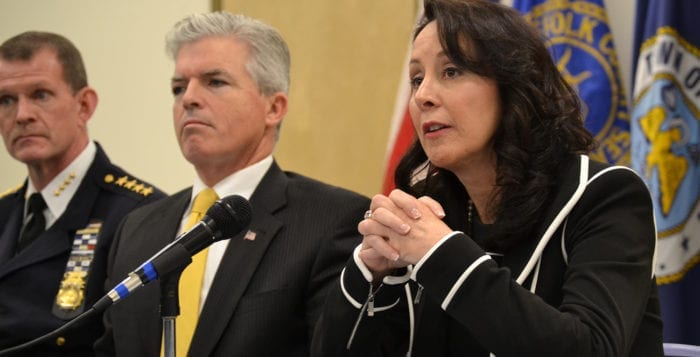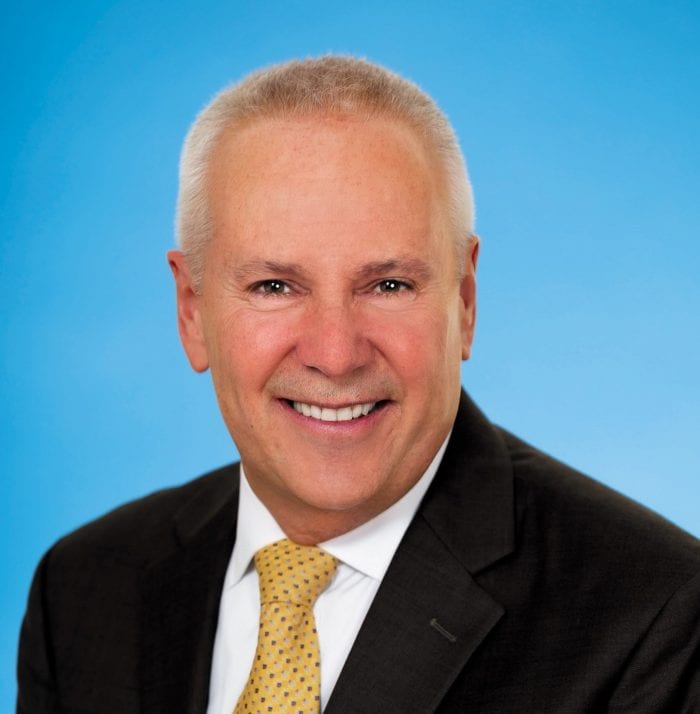While many are pleased that the Town of Smithtown has laid out comprehensive draft plans for each of its hamlets, some residents are concerned with several of the proposals.
“I think we got a lot of areas of town that would make you scratch your head, and say why are there houses next to businesses, next to industry.”
— Mike Cooley
We Are Smithtown, an advocacy group for town residents, hosted an online community forum about the town’s comprehensive plan March 1 to summarize officials’ suggestions and share residents’ concerns, as well as give participants a chance to share their thoughts. Approximately 85 residents took part in the forum.
The plans
In December, the town released its Draft Comprehensive Plan and initiated the State Environmental Quality Review process. Virtual public outreach meetings were held separately for Commack, Hauppauge, Nesconset, Kings Park, St. James and Smithtown proper in January and February. In 2019, the town began the process with public meetings where town officials presented maps and offered interactive sessions. An online questionnaire was also made available at the beginning of the process.
Mike Cooley, vice president of the group, said at the March 1 forum that a lot of what residents see around town is due to piecemeal planning since there hasn’t been a comprehensive plan since 1957. He said in 2015 there was a draft plan but it wasn’t adapted.
“I think that’s why a lot of our downtowns and our main streets look the way they do, and maybe not what you picture as Main Street USA or what you’ve seen in some other places,” Cooley said. “I think we got a lot of areas of town that would make you scratch your head, and say why are there houses next to businesses, next to industry.”
He added that 97% of the town is already developed.
Housing wants
We Are Smithtown vice president Phyllis Hart said while the town talks about people wanting affordable housing, many are asking for single-family homes not apartments. She said in the town’s plan on page 40 it’s stated that 77% respondents to a town survey said they encourage or strongly encourage single-family residential. There were 44% who wanted the town to discourage or strongly discourage duplexes.
“The town is looking to throw up apartments in every vacant piece of land, which will not maintain the residential feel and character of this area,” she said. “The town has not made a clear case of why this is necessary.”
“The town is looking to throw up apartments in every vacant piece of land, which will not maintain the residential feel and character of this area. The town has not made a clear case of why this is necessary.”
— Phyllis Hart
We Are Smithtown has shared concerns about potential multihousing units in Hauppauge and The Preserves in Nesconset where developers broke ground in October. Hart made a case to why single-family homes, that add residential character, keep people in the area. Property values have increased in the town for decades, she said, and buying a home is an investment while homeowners contribute to the tax base. She added that Smithtown’s population has been stable for the last 50 years, and there is no mass exodus as many developers and town officials claim when talking about the importance of affordable apartments.
The group and other residents have been vocal that some of the proposed apartments in the area aren’t affordable.
“We had an influential developer speak with us recently and gave us an eye-popping statement,” Hart said. “With large state and local subsidies, a one-bedroom apartment in this area would be as low as $2,000 a month. As low as $2,000 a month? Affordable for who? Most Apartments in this area are over that.”
She said for most affordable housing is about a house’s price and taxes, and there’s a need for more starter homes, townhouses and condos to enable people to start putting roots down in a community. Hart added developers have said they can’t build affordable apartments without tax breaks, which she said leads to the IDA giving them tax breaks in the millions. She added that the developer gets the tax break, while apartment complex dwellers use town and school district services.
Gyrodyne problems
James Bouklas, We Are Smithtown president, said the forum presenters didn’t have time to go over all the developments, but touched on Gyrodyne in St. James. Groups such as We Are Smithtown and the Three Village Civic Association have protested in the past the proposed plans to the former Flowerfield property which includes subdivision of the 75-acre-property to build a 150-room hotel with a restaurant, two assisted living centers, two medical office parks and a 7-acre sewage treatment plant.
“This is simply too big for St James, and I can’t even imagine something this size and scope that doesn’t transform our community.”
— James Bouklas
“This is simply too big for St James, and I can’t even imagine something this size and scope that doesn’t transform our community,” Bouklas said.
He added a development such as what Gyrodyne has proposed is inconsistent with the town’s draft plan and pointed out page 56 of the plan.
“It discusses that highly traveled corridors are not compatible with commercial development,” Bouklas said. “There’s an idea that a very high-traffic corridor shouldn’t be promoting commercial development. You know, 25A is one of those high-traffic corridors.”
There are also environmental concerns about the property, he said, as the property was once used to manufacture helicopters. People fear that industrial solvents may be in the ground and other legacy toxins. He said any toxins could destroy nearby Stony Brook Harbor and groups have called for a forensic environmental audit to be done on the property.
“Is there a plume that we don’t know about?” he said. “Are we going to be disturbing it by all this development and are we going to be allowing that into our drinking water? Is this going to be the next Superfund site.”
Judith Ogden, a participant in the meeting and Head of the Harbor trustee, said she is working with the newly formed St. James-Head of the Harbor Neighborhood Preservation Coalition.
She said one of the concerns brought to her attention after sitting in on the town’s virtual public outreach meeting for St. James is that it’s the second most densely hamlet with the least amount of open space.
She agreed that Gyrodyne’s proposed development is not in agreement with the comprehensive plan. Residents are also concerned about talks that Bull Run Farm on Mills Pond Road in St. James may be slated for an assisted living facility, she said.
Ogden added during the hamlet meetings, the town sometimes says what is convenient but not accurate. She gave the example of town officials saying the county would be buying the development rights to BB and GG Farm on Route 25A down the road from Gyrodyne. However, at the time of the meeting the farm owners had not yet agreed to Suffolk County’s offer and the deal did not go through.
As of Feb. 25, a letter was sent to the owners from the Suffolk County executive’s office saying the offer from the county had expired, this after a 60 days extension requested by the owners back in December.
Ogden said many in the coalition are concerned that open spaces are disappearing, and they are asking residents to call and email town Supervisor Ed Wehrheim (R) and Town Board members and ask for a moratorium on large-scale plans until the comprehensive plan is finalized.
Bouklas said all questions, concerns and suggestions from the meeting are being compiled and will be sent to the town.
For more information about We Are Smithtown, visit www.wearesmithtown.org.

